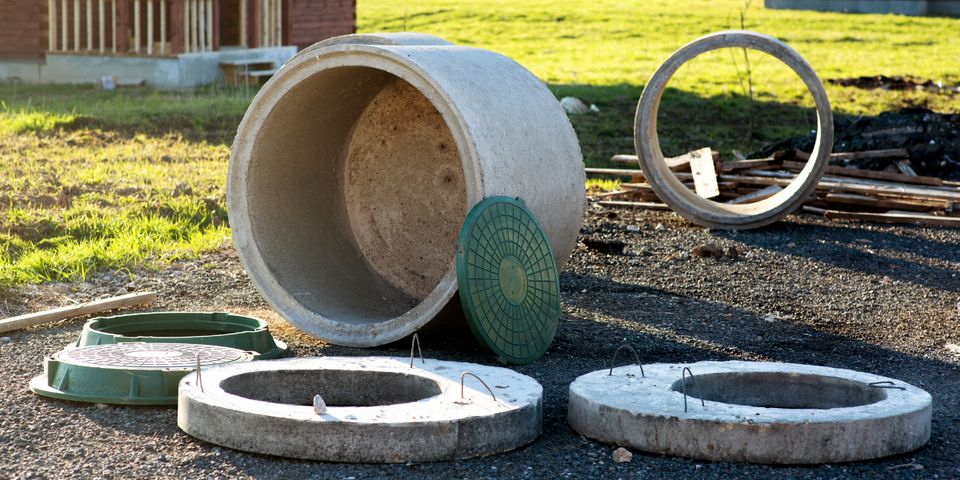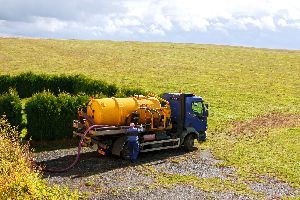
Even if your home uses a septic system for processing waste, you may not have given much thought to how the process actually works. The system is fairly self-sufficient, so you don't need to fully understand every component to ensure it functions properly. However, having a basic understanding of it may help you spot issues and keep up with maintenance. Review this guide to learn about the most important areas.
What Makes Up the Anatomy of a Septic System?
1. Septic Tank
The tank is a large underground vessel that houses the water and waste that flows through your plumbing fixtures. Older tanks often have just one compartment, and those installed in the 1980s and later usually have two. In these compartments, solid waste and sludge naturally settle toward the bottom. Fluid sits at the top, allowing it to easily flow out of the pipes to exit the system. Tanks also often include bacteria that break down solids, transforming them into liquids and gases, which saves space in the tank. However, most units need to be pumped every three to five years.
2. Pipes

Tanks also include inlet and outlet connections attached to pipes. These lines first deliver water and waste to the tank. Then, once the effluent is separated as the solids settle at the bottom of the tank, it flows out of the outlet plumbing to a series of pipes that are buried underground. These usually have small holes throughout them so the liquid can be released into the soil.
3. Drain Field
The soil that surrounds these underground pipes is called the drain field. The earth absorbs effluent as it percolates out of the perforated lines. As it trickles into the ground, the soil naturally treats the wastewater, removing harmful bacteria from the liquid. As a result, it returned to the groundwater supply, where the cycle starts over.
The ground should remain mostly clear to work properly. Avoid parking vehicles or placing heavy equipment over the area. Although most drain fields can accommodate grass and small plants, don't plant trees or any shrubs with deep roots, as the network can seek out water lines and damage them when trying to find a water supply.
When you have questions or issues with your septic system, turn to Bradley Tank & Pipe in McDonald, TN. They offer everything from maintenance and repairs to installations and pumpings. These contractors have the experience to get all jobs done the first time. They're known for providing quality workmanship and friendly service at competitive prices. Call (800) 535-9475 to request an estimate.
About the Business
Have a question? Ask the experts!
Send your question

